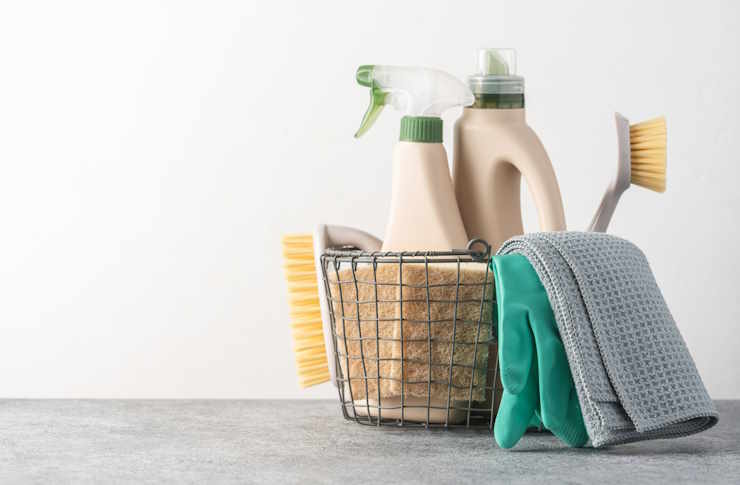Practical Guide to Shoes & Footwear Cleaning
Keeping shoes clean lengthens their life and maintains appearance. This guide explains safe, effective methods for different materials, tools to use, and how to choose a detergent. It covers leather and canvas, the right brush and cloth techniques, and practical tips for routine care so you can clean footwear confidently and avoid common mistakes.

How to clean leather footwear?
Begin by removing loose dirt with a soft brush or dry cloth. For scuffs and surface grime, use a damp cloth and a small amount of pH-neutral leather cleaner or mild detergent diluted in water; apply gently and do not soak the leather. Work in small circular motions, then wipe off residue with a clean, slightly damp cloth. Let leather air dry away from direct heat or sunlight to avoid cracking. Once dry, apply a leather conditioner following the product instructions to restore oils and flexibility. Always test any cleaner on an inconspicuous area first to check for colorfastness.
How to clean canvas shoes?
Canvas tolerates more vigorous cleaning than leather but still benefits from gentle care. Remove laces and loosen dirt by tapping soles together and using a soft brush to dislodge debris. Mix a small amount of mild detergent with warm water and use a brush or cloth to scrub stained areas. For stubborn stains, a paste of baking soda and water applied briefly can help, then rinse with a damp cloth. Avoid machine drying; instead, stuff shoes with paper to retain shape and air dry in a shaded area. Check manufacturer guidance—some canvas shoes are machine-washable, but hand cleaning reduces the risk of warping or adhesive damage.
What brush should you use for shoes?
Select a brush based on the shoe material and the job. A soft horsehair or nylon brush works well for smooth leather and for removing surface dust without scratching. A stiffer nylon or boar-bristle brush is useful for canvas and rubber soles to remove embedded dirt. For suede and nubuck, use a dedicated suede brush or rubber eraser to lift nap and avoid flattening the texture. A toothbrush or small detail brush helps reach seams and eyelets. Keep separate brushes for different materials to avoid cross-contamination of cleaners, dyes, or grit that can scratch delicate finishes.
How to clean with a cloth effectively?
A clean, lint-free cloth is one of the most versatile tools for shoe care. Use a slightly damp microfiber cloth to wipe away dirt and suds after brushing or soaping. For polishing leather, apply cleaner or conditioner sparingly with a soft cloth, then buff in circular motions to an even finish. For drying, pat rather than rub to avoid pushing grime into porous material. Replace cloths frequently; a soiled cloth can re-deposit dirt. Use a separate cloth for final buffing and shine to avoid streaks, and always blot excess moisture before allowing shoes to air dry.
Which detergent is safe for footwear?
Choose a mild, low-alkaline detergent formulated for delicates or for the specific material (e.g., leather cleaner for leather shoes). Avoid bleach, strong alkalis, or high-concentration stain removers that can strip dyes, weaken adhesives, or damage finishes. When using a general-purpose detergent, dilute it: a few drops in a bowl of warm water is usually enough to lift dirt without oversaturating the material. For specialty materials like suede, nubuck, or performance fabrics, use products specifically labeled for those textiles. Always perform a patch test on an inconspicuous area to verify compatibility.
Conclusion
Regular, material-appropriate cleaning extends the life and appearance of footwear. Use a soft brush and damp cloth for routine maintenance, reserve stronger cleaning or conditioning for deeper care, and select gentle detergents suited to the shoe material. For delicate, vintage, or high-value shoes, consider professional cleaning or local services in your area that specialize in leather or specialty fabrics. Proper storage—cool, dry, and shaped with shoe trees or stuffing—complements cleaning and reduces the need for frequent intensive treatment, helping footwear remain functional and presentable over time.





